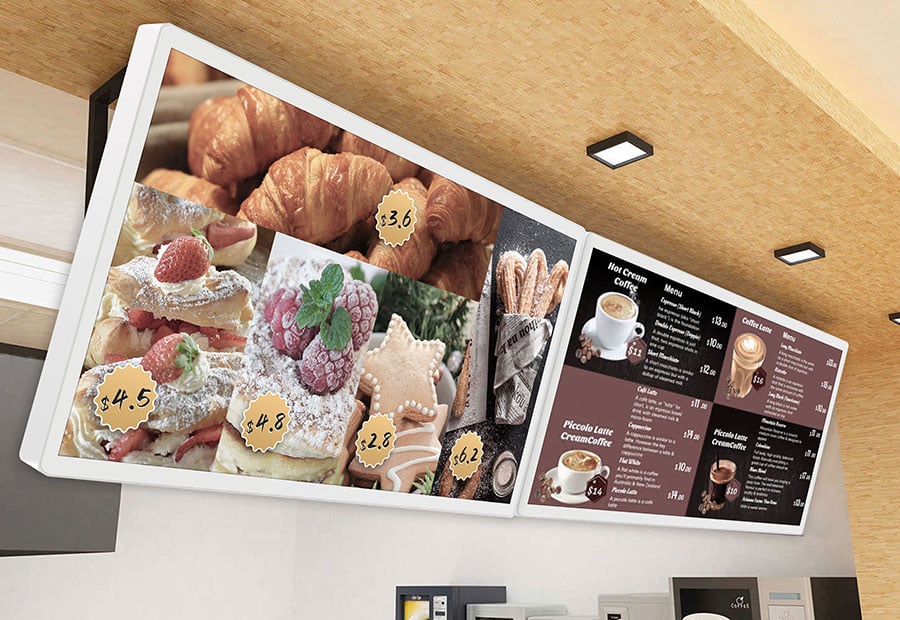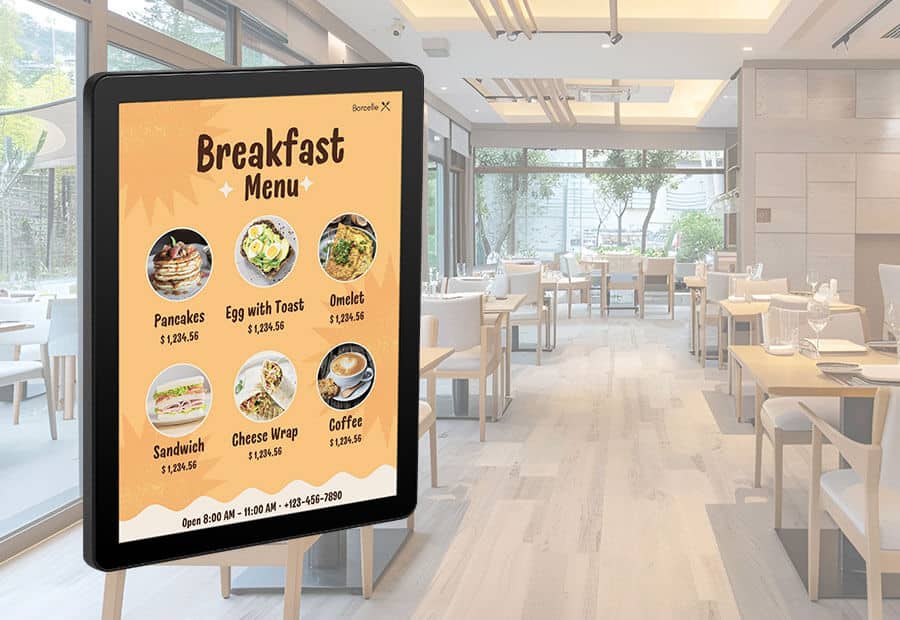What is an Electronic Paper Display and How Does It Work?
What is an Electronic Paper Display and How Does It Work?
Blog Article
Display engineering has become an integrated part of our day-to-day lives, showing in sets from smartphones and e-readers to large-scale marketing panels. One of the varied array of large E ink display, OLED (Organic Light-Emitting Diodes), and LED (Light-Emitting Diodes) have emerged as some of the most generally discussed options. While each type serves a unique unique purpose, their variations in functions, effectiveness, and use cases cause them to become suited to particular applications. Let's take a closer look at the essential features of these display technologies.
Electronic Paper displays (ePaper)
Electronic Paper displays, also known as ePaper or Electronic Ink displays, are created to copy the look and readability of traditional Ink on paper. This technology utilizes little microcapsules comprising priced black and white contaminants suspended in a definite fluid. When a power area is applied, the contaminants proceed to each side of the tablet, making an obvious image. The picture remains fixed until still another electric subject is applied, which makes it ideal for presenting text-based material such as for instance publications, magazines, and e-readers.

One of many principal benefits of ePaper displays is their reduced energy consumption. Unlike traditional LCD
Understanding Electronic Paper displays
A digital Paper display (ePaper) mimics the appearance of Ink on paper. Unlike traditional screens, ePaper utilizes their ability to reveal normal light rather than emitting their own. This engineering not only minimizes attention stress but also gives unparalleled readability in sunlight, making it suitable for e-readers and digital signage solutions.
One standout feature of ePaper displays is their amazingly minimal energy consumption. Since they just use energy when changing material, ePaper screens are extremely successful and suited to battery-powered devices. However, their refresh rates are slower in comparison to OLED and LED displays, restraining their applicability to fixed or minimally powerful content.
OLED displays
OLED displays are noted for their beautiful visible quality, giving vibrant colors, serious blacks, and outstanding contrast. Each pixel in a OLED display produces its own mild, eliminating the requirement for a backlight. This not just enables finer, more lightweight designs but also benefits in greater power performance compared to LED in certain scenarios.
One important advantageous asset of OLED displays is their flexibility. They can be produced in curved or flip-up types, making them common in cutting-edge smartphones and wearable devices. However, OLED displays come with challenges, such as for instance susceptibility to burn-in and smaller lifespans in comparison to different technologies.
LED displays
LED displays, the most frequent of the three, count on a backlit program to gentle their pixels. While not as visually striking as OLED E ink sign, LEDs are very durable, long-lasting, and cost-effective. These characteristics make sure they are ideal for a broader array of applications, including TVs, computer displays, and outdoor advertising.
LED displays generally conduct properly when it comes to illumination, creating them a good choice for settings with high normal light. However, they flunk in achieving the exact same heavy distinction and shade accuracy as OLED technology.

Ultimate Contrast
When choosing between ePaper, OLED, and LED displays, the choice depends largely on the supposed purpose. For fixed material like studying or signage, ePaper excels having its minimal power utilization and large awareness in normal light. OLED shines in purposes wherever lively shades and flexibility are paramount. Meanwhile, LED stays a dependable and cost-efficient answer for many different general-purpose needs.
Each display technology brings anything distinctive to the desk, ensuring that there's a perfect choice for every situation. Knowledge these variations can help people and firms make informed choices that suit their particular display requirements. Report this page